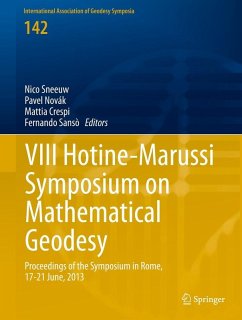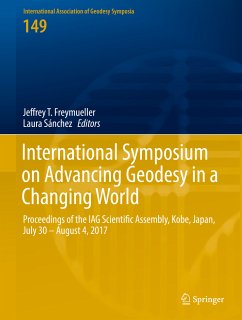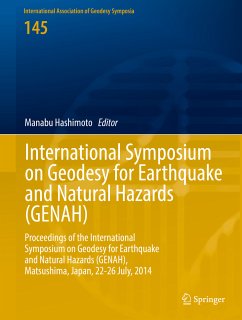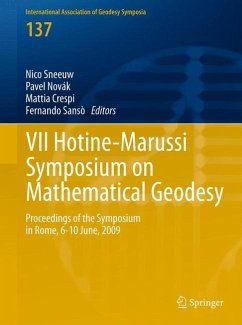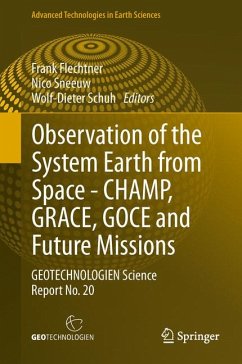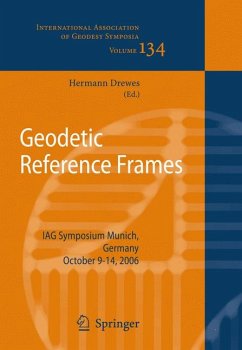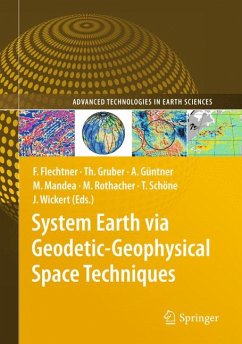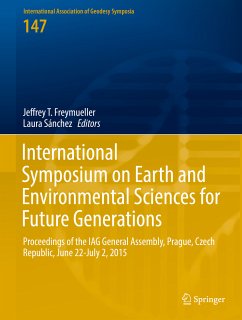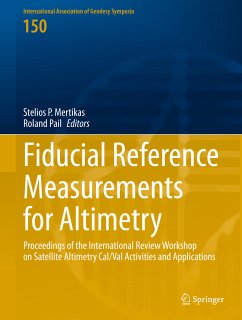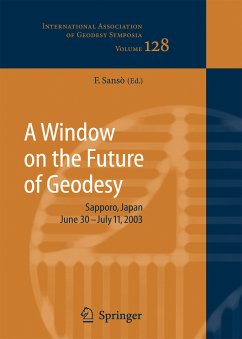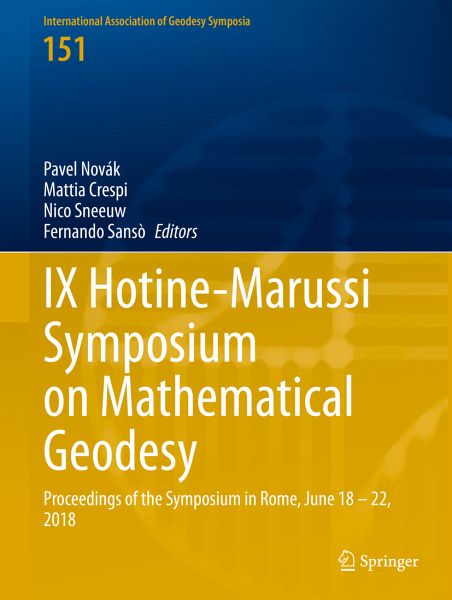
IX Hotine-Marussi Symposium on Mathematical Geodesy (eBook, PDF)
Proceedings of the Symposium in Rome, June 18 - 22, 2018
Redaktion: Novák, Pavel; Sansò, Fernando; Sneeuw, Nico; Crespi, Mattia

PAYBACK Punkte
56 °P sammeln!
IX Hotine-Marussi Symposium on Mathematical Geodesy (eBook, PDF)
Dieser Download kann aus rechtlichen Gründen nur mit Rechnungsadresse in A, B, BG, CY, CZ, D, DK, EW, E, FIN, F, GR, HR, H, IRL, I, LT, L, LR, M, NL, PL, P, R, S, SLO, SK ausgeliefert werden.



